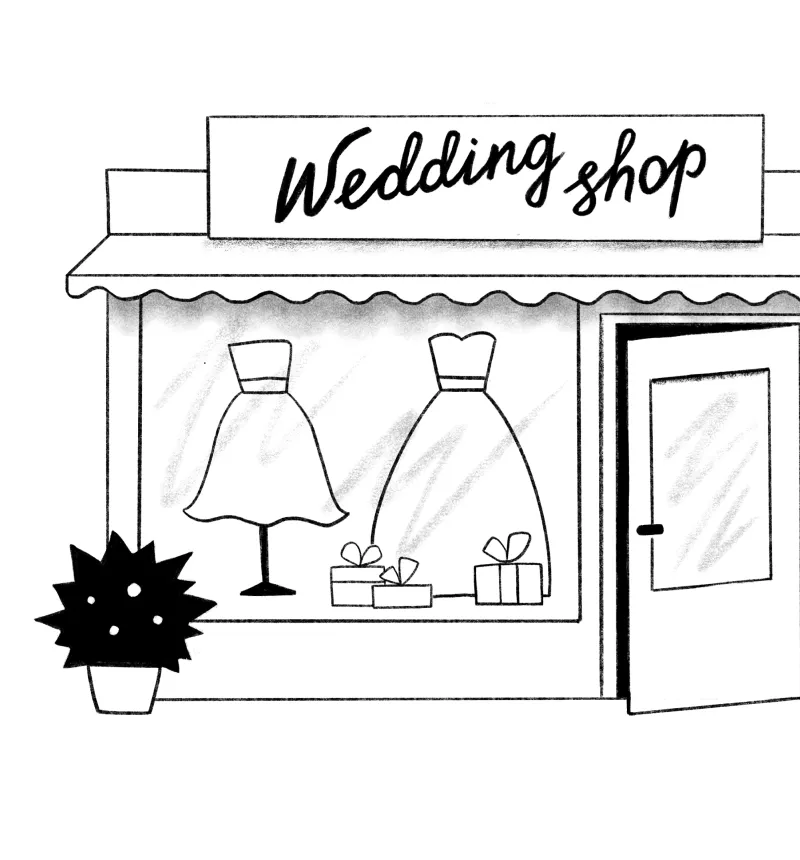Add, remove & assign phone numbers on demand
Manage, respond to, and share calls with your team
Send & receive any message you need to
Keep contact details in one place with a shared phonebook
For on-the-go teams to share messages, calls, and contacts
A full directory of all our included features

PABX: What this phone system is | How does it compare to PBX?

As your business grows, you’ll have to upgrade your phone system. While doing so, you’ll hear about the PABX system. But is PABX the same as PBX? Is it the right solution for small businesses? To make sense of it all, here’s our guide to PABX.
What is PABX?
Companies that have a large number of incoming calls use a private branch exchange or PBX to route them to the right recipient. This is a cost-effective solution since there is no need to install multiple landlines with external connections.
The caller wouldn’t be dialling the recipient’s number directly but would be doing it through the exchange. In traditional PBX, a person would attend the call and divert it to the recipient. In PABX or private automatic branch exchange, this process gets automated.
A PABX system doesn’t need human operators to switch calls and connect users. All devices including desk phones, fax machines and computer models will have a unique extension number. Callers can dial the extension number and automatically get connected.
PABX systems also have additional features such as call conferencing, auto-attendant, call hold, and call transfer. Usually owned and managed by the companies hosting them, PABX allows companies to handle a large number of incoming and outgoing calls.
How does PABX differ from PBX?
If you were to call an organisation using a PBX, a human would answer the call. They would ask who you would like to talk to and then connect you to that user. A PABX system doesn’t need human intervention since it automates the process to connect users.
In PBX, switchboard users have to plug wires and close a call circuit to connect the caller to the extension. In PABX, a computer does that job. If the caller knows the desired extension number, all they have to do is dial it once the voice response asks them to.
PBX is now available as both manual and automated systems. It can be located on the premise of the firm or hosted in the cloud. Since it doesn’t require hardware, cloud PBX offers several benefits to small businesses.
How does a PABX system work?
A PABX system allows a business to run an internal phone network with local extension numbers that correspond to specific devices in the building. Users can connect to other extensions in the building without having to leave the network.
When someone calls the organisation, they will be greeted with an IVR or Interactive Voice Response. This recorded message will request the caller to dial the extension number or it will give additional information. There will be a fixed number of lines for users to make outgoing calls.
Pros of PABX
By simplifying communication and saving costs, a PABX benefits medium and large enterprises in several ways.
No need for operators. The biggest benefit is that you don’t need to assign an employee to receive and switch calls. You can hire employees for more revenue-generating tasks.
Lower costs. With a PABX, you don’t have to assign specific numbers for employees. This significantly reduces costs for hardware installation and maintenance.
Better customer service. A human operator might not address the caller professionally or might connect them to the wrong extension, but a PABX won’t make those mistakes. This will improve the impression of your business.
Cons of PABX
Although it’s better than conventional PBX, there are certain inherent disadvantages to PABX.
Maintenance responsibility. A business would be responsible for the maintenance of its PABX system. It has to hire trained IT staff, which will increase its expenses.
No free updates. Want to upgrade your PABX? You have to get new landlines for all your team members. This can turn out to be a significant cost even for medium enterprises.
Limited business features. Compared to VoIP systems both PBX and PABX don’t have advanced features. Integrating other apps will also be a problem with PABX.
Poor device compatibility. You’ll have to buy landline devices that are compatible with your PABX. Unlike a second-line app, you can’t choose any device that you might like.
Looking for a new business phone system? Try Chalkboard
As many modern businesses know, PBX is an outdated technology. PABX is an incremental improvement but it doesn’t meet the requirements of contemporary workplaces. Chalkboard is the ideal alternative to PABX that’s cost-effective, easier to manage and remote-friendly.
Since it’s a second-line app, you can use Chalkboard from any connected device. This makes it the perfect business phone for a remote and hybrid world. Secondly, unlike a PABX, Chalkboard lets you use the power of texting to grow your business.
You can send group messages to contacts, which will improve your marketing. Messaging is designed to encourage more conversations with customers. Chalkboard comes with auto-reply that allows you to send pre-written messages to calls you might miss. Team members can share their phone numbers, which will encourage collaboration.
Finally, unlike a PABX or PBX, you don’t have to buy new hardware or worry about its maintenance. This saves you a lot of money.
Download Chalkboard and try it now. It’s a modern phone solution built for modern businesses.

Continue reading
A detailed on-premises PBX vs hosted PBX comparison to help you choose the right one for your business
Considering a hosted PBX? Here’s your complete guide to cloud PBX including its advantages and disadvantages




